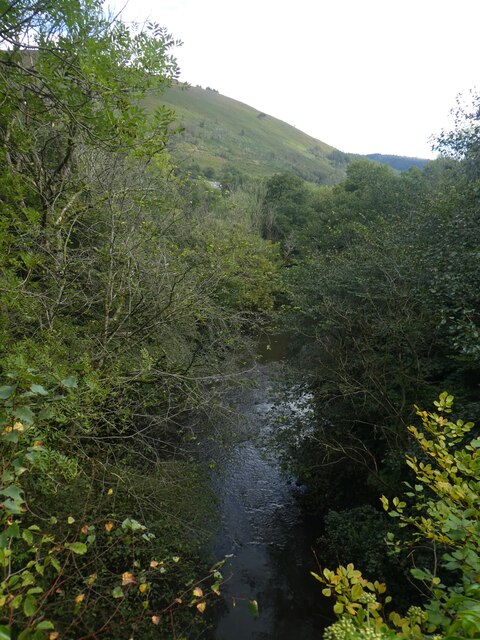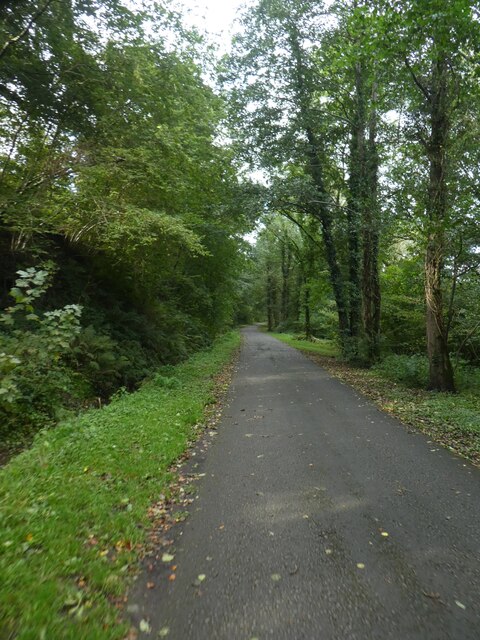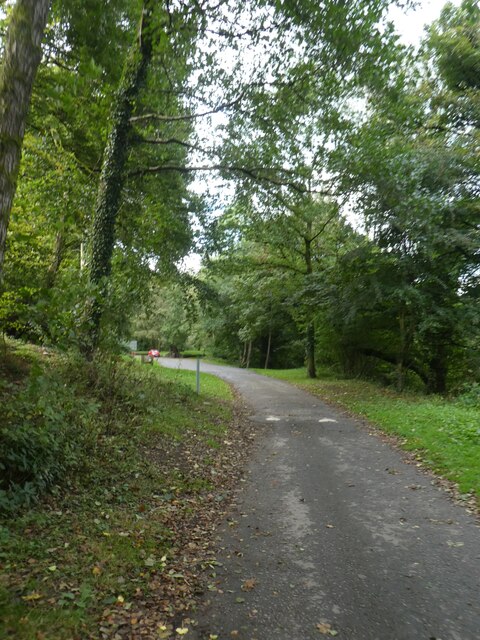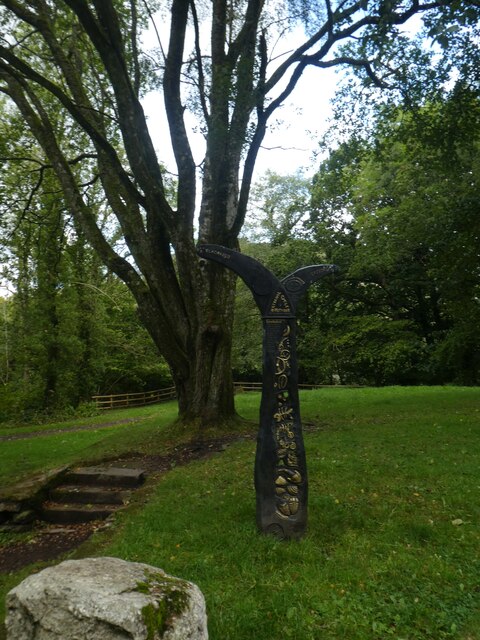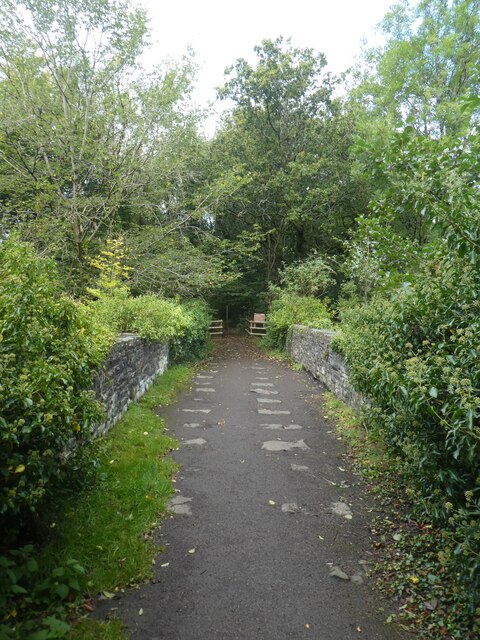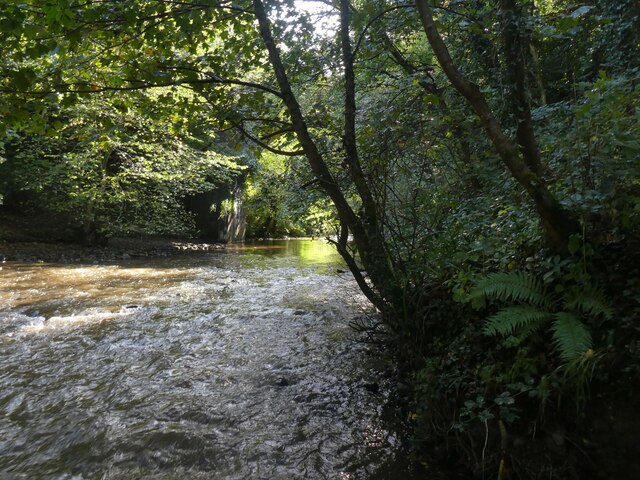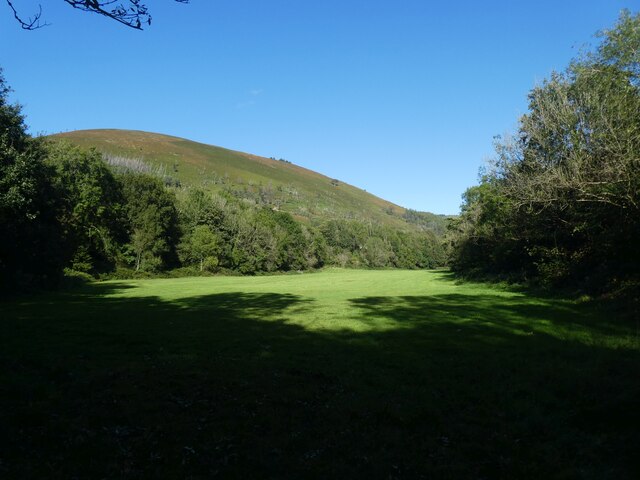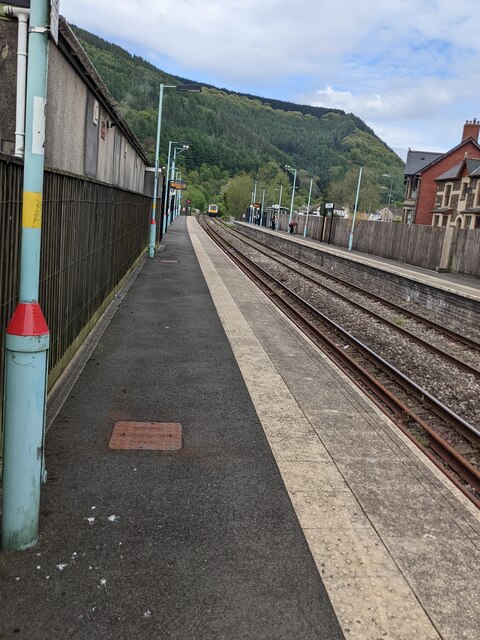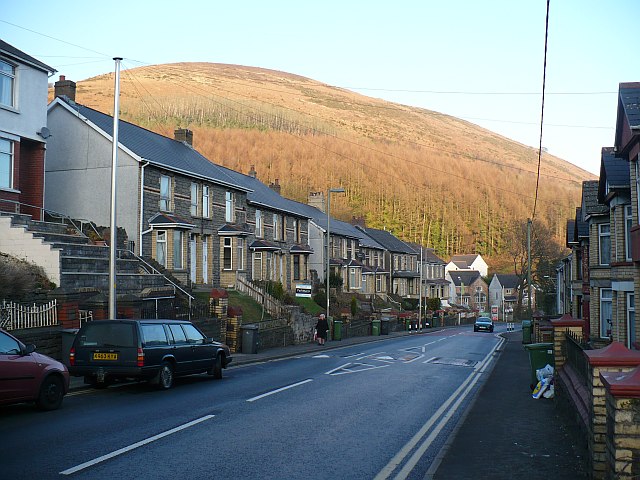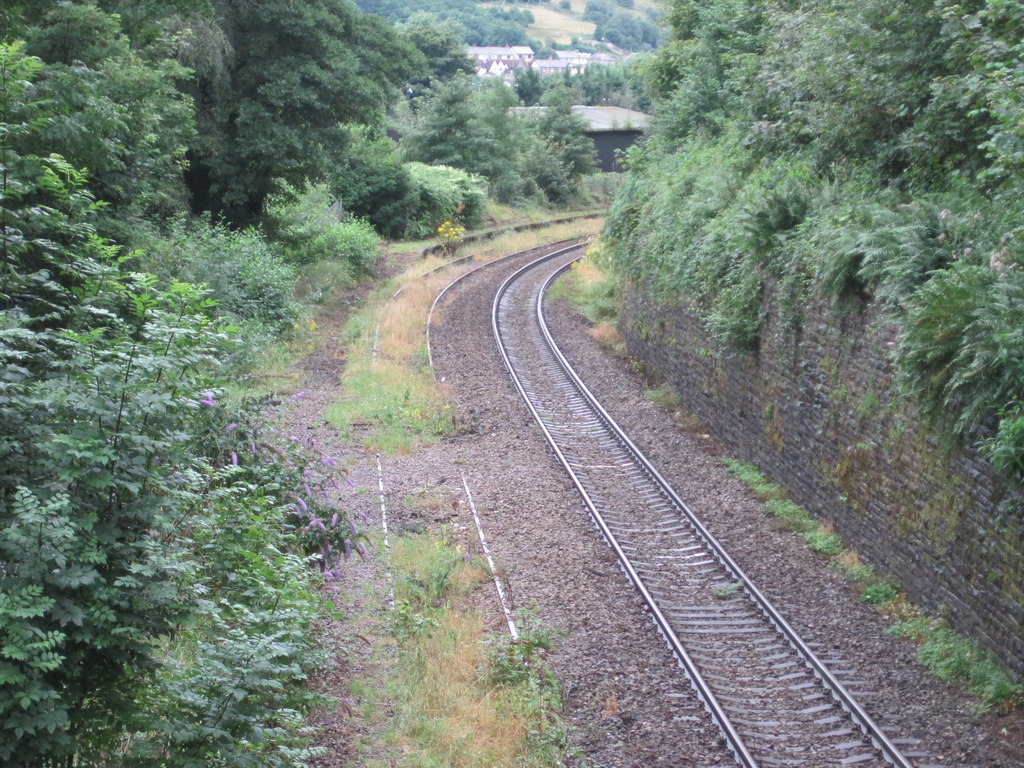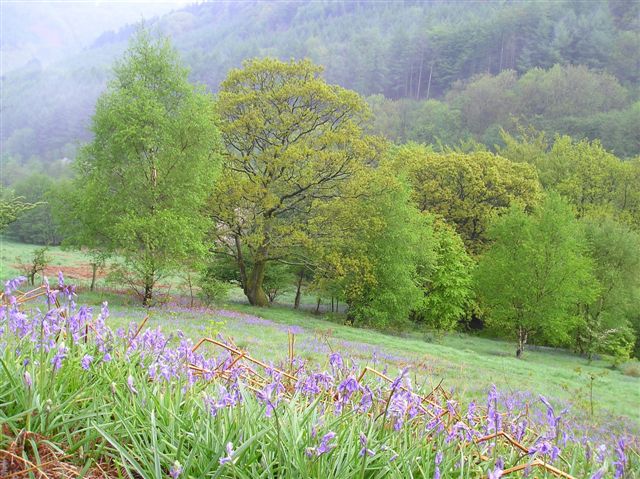Mynydd y Lan
Downs, Moorland in Monmouthshire
Wales
Mynydd y Lan

Mynydd y Lan is a picturesque area located in Monmouthshire, Wales. It is known for its stunning views and diverse natural landscapes, encompassing both downs and moorland. With an elevation of approximately 400 meters, it offers visitors and locals alike a unique opportunity to immerse themselves in the beauty of the Welsh countryside.
The downs of Mynydd y Lan are characterized by their gently rolling hills and open grasslands. These provide a perfect setting for leisurely walks, offering panoramic vistas of the surrounding countryside. The downs are home to a variety of flora and fauna, with wildflowers, grasses, and small mammals commonly found in the area.
In contrast, the moorland of Mynydd y Lan presents a more rugged and wild terrain. Dotted with heather and gorse, it offers a completely different experience for nature enthusiasts. The moorland is also home to various bird species, including the iconic red grouse, making it a popular spot for birdwatching.
Mynydd y Lan has a rich history, with evidence of human activity dating back to the Bronze Age. Ruins of ancient settlements and burial mounds can still be found in the area, adding an element of historical intrigue to the natural beauty. It is also a designated Area of Outstanding Natural Beauty, ensuring its preservation for future generations.
Whether exploring the downs or venturing into the moorland, Mynydd y Lan offers a serene and captivating experience for all those who visit. Its untouched landscapes and tranquil atmosphere make it a must-visit destination for nature lovers and anyone seeking a peaceful escape in the heart of Monmouthshire.
If you have any feedback on the listing, please let us know in the comments section below.
Mynydd y Lan Images
Images are sourced within 2km of 51.629367/-3.1497271 or Grid Reference ST2092. Thanks to Geograph Open Source API. All images are credited.

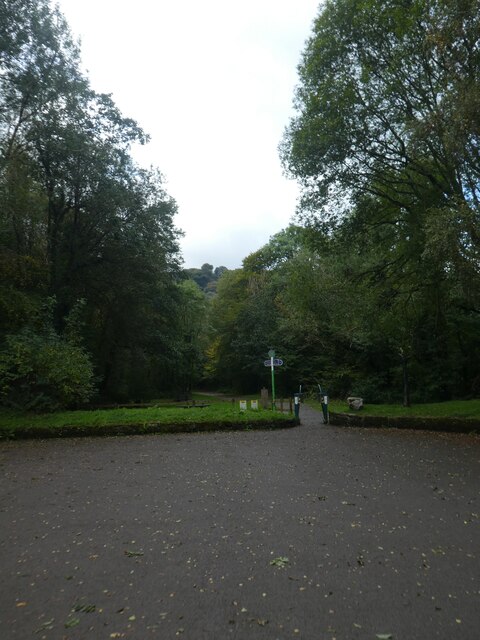
Mynydd y Lan is located at Grid Ref: ST2092 (Lat: 51.629367, Lng: -3.1497271)
Unitary Authority: Caerphilly
Police Authority: Gwent
What 3 Words
///ambitions.diagram.quitter. Near Crosskeys, Caerphilly
Nearby Locations
Related Wikis
Mynydd y Lan
Mynydd y Lan is a 381-metre-high flat-topped hill in Caerphilly county borough in South Wales. It falls largely within the community of Ynysddu but its...
Islwyn
The Borough of Islwyn was one of five local government districts of Gwent from 1974 to 1996. == History == The borough was formed in 1974 as a local government...
Cwmcarn railway station
Cwmcarn railway station served the village of Cwmcarn, Monmouthshire from 1855 to 1962 on the Ebbw Valley Railway. == History == The station opened in...
Wattsville
Wattsville is a small village in the Sirhowy Valley, eight miles north west of Newport, built in the 20th century for accommodation for mine workers....
Abercarn United A.F.C.
Abercarn United Football Club is a Welsh football team based in Abercarn, Caerphilly county borough, Wales. They currently play in the Ardal SE, the...
Cwmcarn
Cwmcarn is a village situated in the Ebbw valley in south Wales, in the historic boundaries of Monmouthshire. It grew with 19th-century coal mining, but...
English Baptist Church, Abercarn
The English Baptist Church is a Grade II-listed Baptist church in the town of Abercarn, Caerphilly, Wales. It was built in the mid-nineteenth century to...
Nine Mile Point railway station
Nine Mile Point railway station was a halt on the Newport to Tredegar line of the Sirhowy Railway. It served the village of Wattsville. It marked the...
Nearby Amenities
Located within 500m of 51.629367,-3.1497271Have you been to Mynydd y Lan?
Leave your review of Mynydd y Lan below (or comments, questions and feedback).
